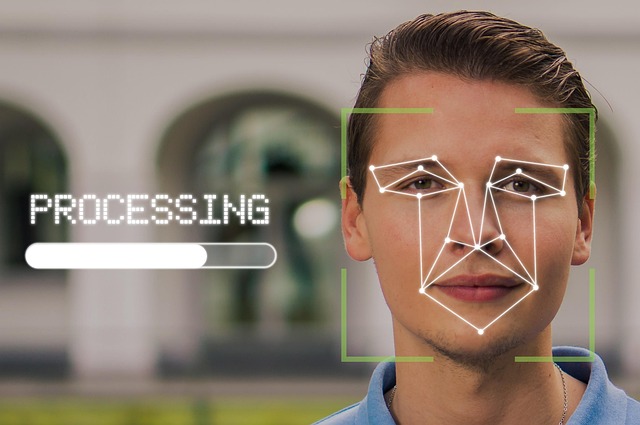
The Power of Recognition: Science, Technology, and Workplace Culture in Motivating Others
In today’s fast-paced work environment, recognition has evolved into one of the most compelling ways to motivate and engage employees. Within the realms of science and technology, the implications of recognition are profound and far-reaching. It is not merely about offering a pat on the back; it’s about leveraging our understanding of human psychology to enhance workplace culture and elevate performance.
Science has consistently shown that recognition significantly influences employee motivation. Studies have demonstrated that individuals who feel appreciated are not only more productive—they are also more engaged and loyal to their organization. The neuroscience behind this is fascinating; when employees receive recognition, their brains release dopamine, a neurotransmitter that plays a key role in feelings of pleasure and reward. This means that a simple ‘thank you’ can set off a cascade of positive reactions, encouraging employees to excel further. It’s akin to fuel for the human spirit, igniting a passion that can transform workplace dynamics.
Technology has changed the way we can express recognition. Digital platforms and apps enable managers to acknowledge achievements in real-time, creating a more immediate impact. Virtual badges, social media shout-outs, and peer-to-peer recognition tools have democratized appreciation, making it accessible to everyone in the organization. These technological advancements create an environment where every achievement—the small wins and the big milestones—can be celebrated. This not only fosters a culture of recognition but also cultivates a sense of belonging among employees, encouraging them to strive for excellence together.
Moreover, the integration of recognition into workplace culture is vital for long-term success. Acknowledging contributions helps to reinforce desired behaviors and aligns personal achievements with organizational goals. In workplaces where recognition is part of the DNA, employees feel valued and respected, leading to higher employee retention rates. This kind of culture encourages collaboration and innovation, as individuals are more willing to share ideas and take risks when they feel their contributions are appreciated.
In addition, recognition isn’t limited to high performers; it should be inclusive and aim to celebrate every individual’s unique contributions. By recognizing diverse talent and efforts, organizations can create a rich tapestry of achievements that strengthens team cohesion. When every employee knows their hard work doesn’t go unnoticed, it sets a positive tone that permeates the work environment, resulting in enhanced morale and a sense of collective achievement.
Ultimately, the power of recognition lies in its ability to bridge the gap between individual and organizational goals. By fostering a culture of recognition through the science of motivation and tools enabled by technology, organizations can cultivate an atmosphere where both employees and the company thrive. Investing in recognition is not merely an act of kindness; it’s a strategic initiative that can yield significant returns in motivation, productivity, and overall workplace satisfaction.



